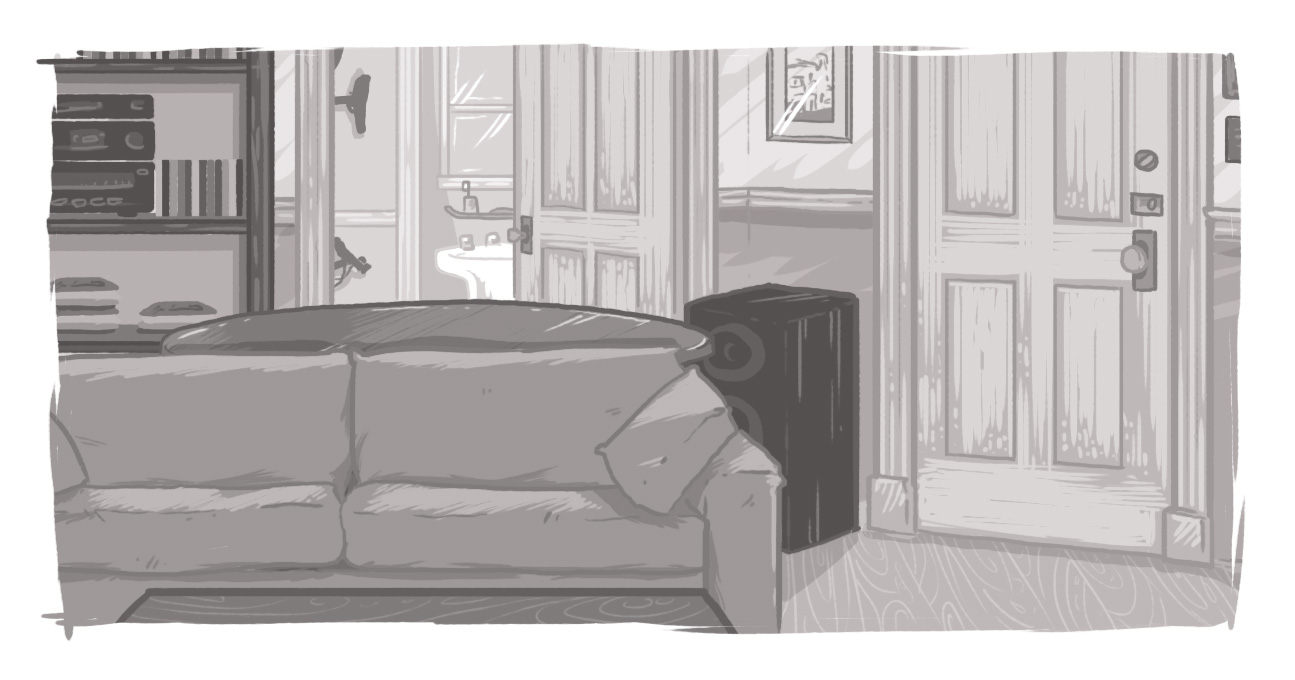Is it Really Possible to Laugh Your Way to the Bank? Humour, Virality, and Business

Humour can be a powerful branding weapon when wielded appropriately. Generally when used as quick, dagger-like strikes designed to pierce the social Zeitgeist, it can shock, amuse, and awaken the public to your brand.But, like that aforementioned dagger, humour can be double-edged. What’s funny and attention-grabbing today can quickly become dated, overbearing, and off-putting.
Chances are, if you think back over the years, the advertising campaigns that stand the test of time are the ones that made you laugh. A quick tour of the ol’ Digital Echidna office shows that the ads that tend to come top of mind are the ones featuring humour: “Barq’s Has Bite,” the 7-Up Fido Dido ads, Skittles’ commercials, and any assortment of beer branding have dominated the small screen.
Now, in a more digitally focused age, the goal for many companies is virality – finding those moments that your customers and potential customers embrace and choose to share.
Unlike TV ads, which are passively received (and more often nowadays not received at all as on-line viewing and PVRs have made commercials much more challenging branding options), the goal of on-line advertising through the creation of virally shared ads brings with it a tacit endorsement by the sender.
And we all know that peer referrals are like gold for retail operations. For all the advertising, goodwill efforts, and branding we can do, nothing succeeds like a friend’s endorsement.
Humour can be effective when used with viral branding. One has to be careful that the branding doesn’t get lost with the joke. It’s great that someone’s sharing your content, but if there’s no tie back to your company (or no call to action), then it’s a waste of your time, effort, and money.
However, done effectively, humour can revitalize your brand. Two examples are a pair of brands previously consigned to the retirement homes of retail: K-Mart and J.C. Penney.
Personally, I’m not a huge ‘potty pun’ fan, but there are many who are -- especially in the younger demographic. And that’s why K-Mart’s “Ship My Pants” and “Big Gas Savings” ads have been so effective. (Full caveat: While I’m also not an Adam Sandler or Will Ferrell fan, my love for a number of totally puerile movies will show that I am in no way a humour snob.)
Personally, I prefer the model set by J.C. Penney back in 2008, which completely revitalized its brand (for a time) with its Beware of the Doghouse YouTube holiday campaign that brought about millions of viewers and introduced customers to the wide range of jewellery options available at the store.
By embracing their inner children, two legacy brands -- better known as a geriatric wonderlands -- revitalized their respective presences amongst a younger demographic.
But be careful. You may be riding a crest of success on that ad campaign – but it can all come crashing down rather quickly. (Fair warning: I can’t be held accountable for any earworms, flashbacks, or requisite therapy that comes from watching this).
The World Championship of Buzz (better known as the Super Bowl) is a veritable marketing feeding frenzy. Each brand and its teams are dedicated to justifying the multi-million-dollar advertising spend by creating an ad that will be talked about in the days and weeks that follows.
And the common denominator of those ads? Humour.
What brands need to remember is that viral isn’t for everyone. Most companies will fail, very few will strike gold. It’s not easy to be funny – and it’s even harder if you have to try to be funny. It’s true that some spectacularly bad ads capture that elusive Zeitgeist, but those are even more rare. For the most part, people end up laughing AT your ad instead of WITH you – and that’s a loss of credibility that you can’t afford.
There are other options. The iconic Apple “1984” ad comes to mind, but humour tends to stand the test of time. But even it went the wry humour route later on.
Can humour work for you? Potentially. If it makes sense for your brand and your industry, then give it a shot. Remember, most people don’t want a law office cracking jokes; nor does a slapstick surgeon inspire confidence. But if you can use humour to augment your brand and maintain your credibility, it’s can be a powerful force.
Be yourself, have fun, and if it’s honest, you might just be able to laugh all the way to the bank.
SUBSCRIBE TO OUR E-NEWSLETTER
 Subscribe
Subscribe


